The old Pohutukawa trees that surround where I have been living during my stay in Piha are a strong presence. I have photographed them in a few different ways since I arrived here - at night, in moonlight, first thing in the morning etc. This afternoon I stumbled upon a combination of afternoon light and an idea I first visited about a year ago - out of focus-ness. And there I had it, what I was after - more of a feeling then a record of details (clearly), but I like these images best, so far.
I'm really happy with my progress this week, so I thought I would share an example of how one of the first pieces was made... First I use the Gelliplate to create the top half in colour using foliage from around where I am staying. I try to pick plants that relate to the subject. I have done an edition of 3 when doing Van Dyke Brown prints (so far), but the finals are all still very different from each other as the monotypes can't be replicated - each print is a one-off. The transparency is taped to the glass and after coating my paper with Van Dyke Brown emulsion, which I made a few weeks ago, I sandwich the sensitised paper between the transparency, glass and heavy board (while in my makeshift darkroom). This is called contact printing and the image is the same size as the transparency negative. It takes between 5-15 minutes to expose this print in sunlight, depending on how much cloud cover there is. I haven't made any on darker days. I then rinse it in water, fix with 'Hypo' and rinse/soak again in water. I repeat all this for each image till I have done all three. Then they need to be rinsed gently in flowing water so that's where the next step comes in... The prints are basically clean, but this step ensures they won't fade (well anything will if you leave it in the sun long enough so don't put art work in direct sunlight ok?). The handy little stream is just the right depth for my basin and the holes in the handles allow the water to flow around the prints without the lot getting over-flooded. I put a couple of rocks in the bottom and made a bit of a dam to make perfectly sure they don't float away (it rocks). 15 minutes in here while I go for a walk... Once rinsed the print is dried flat under tea towels and weighted to help it dry flat as possible. Then I hand-colour to get the final look I want.
This print was all about the yellow bowl and is called 'Catching Hymenoptera'. Hymenoptera are ants, bees, wasps etc. and diptera are flies. The yellow bowls are mainly used by those in the Natural Sciences for collecting small parasitic wasps of which some are native to New Zealand. 'A coherent and synonymised checklist of names enables the integration of studies from disparate sources, further enriching our understanding of the world’s biodiversity.' Source: http://www.catalogueoflife.org/content/about#2
|
Arwen FlowersI am very pleased to be participating in a 5 week Earthskin Creative Residency located at the Waygood Foundation in Piha, Auckland, New Zealand. Archives
June 2016
Categories |
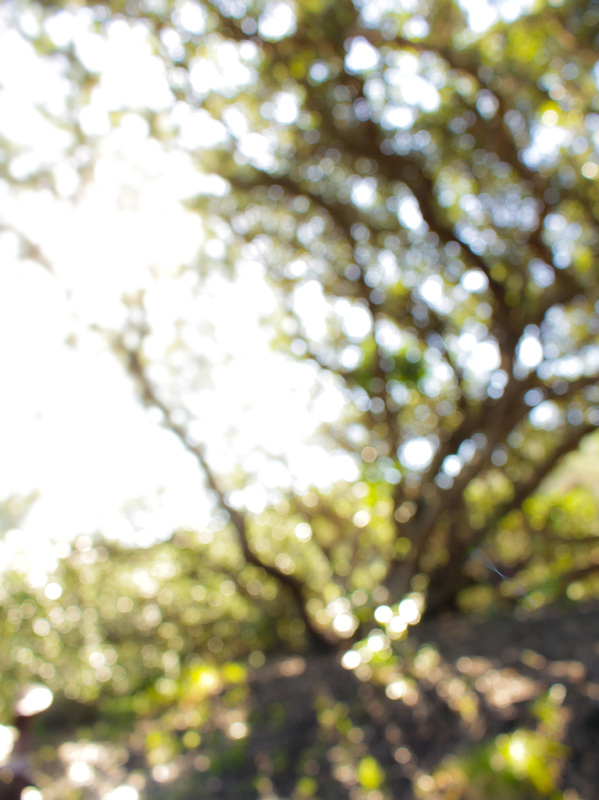
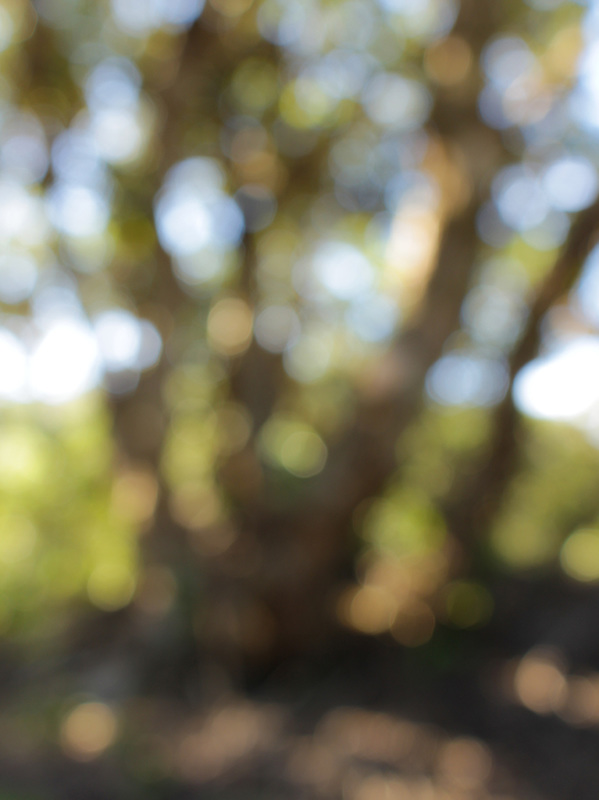
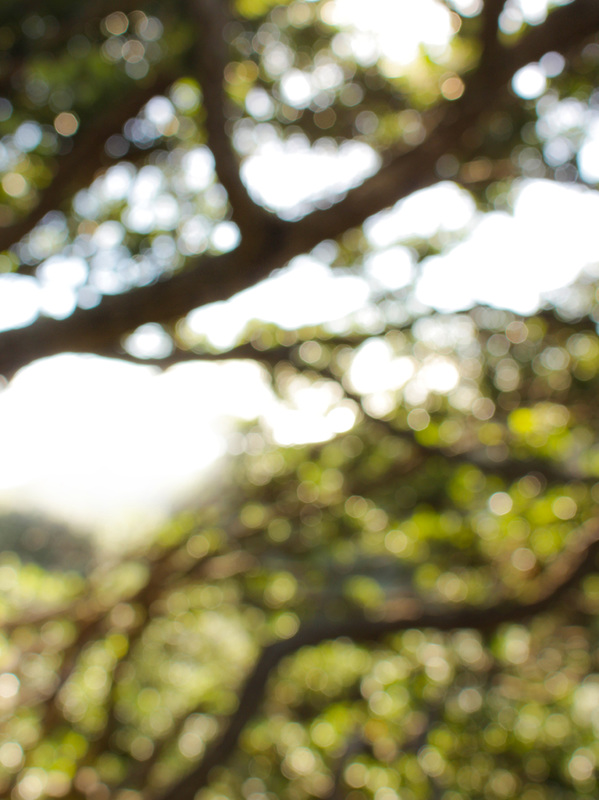
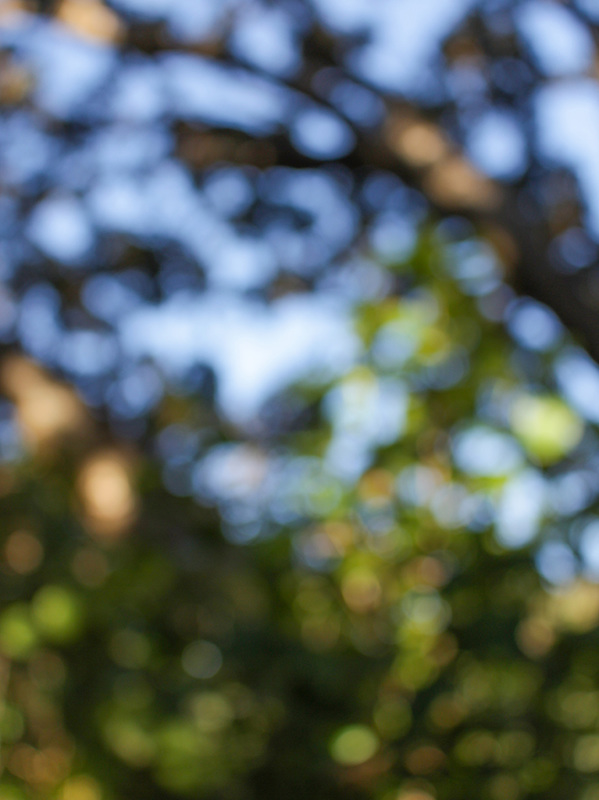
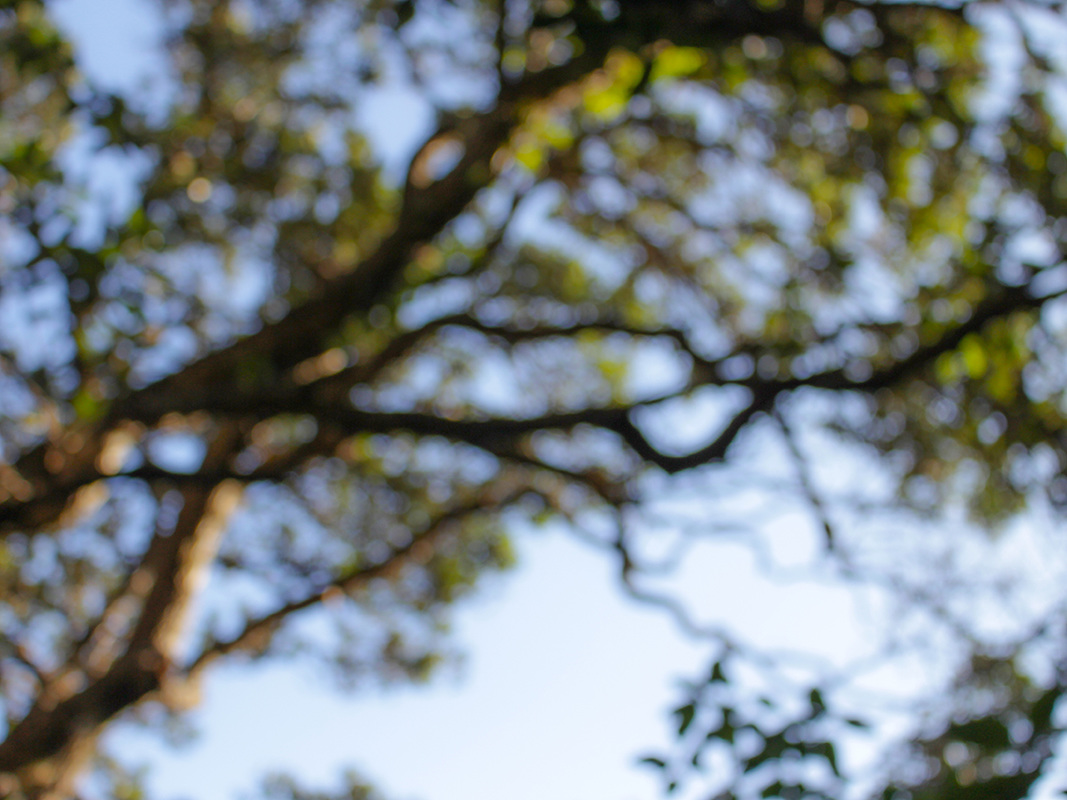
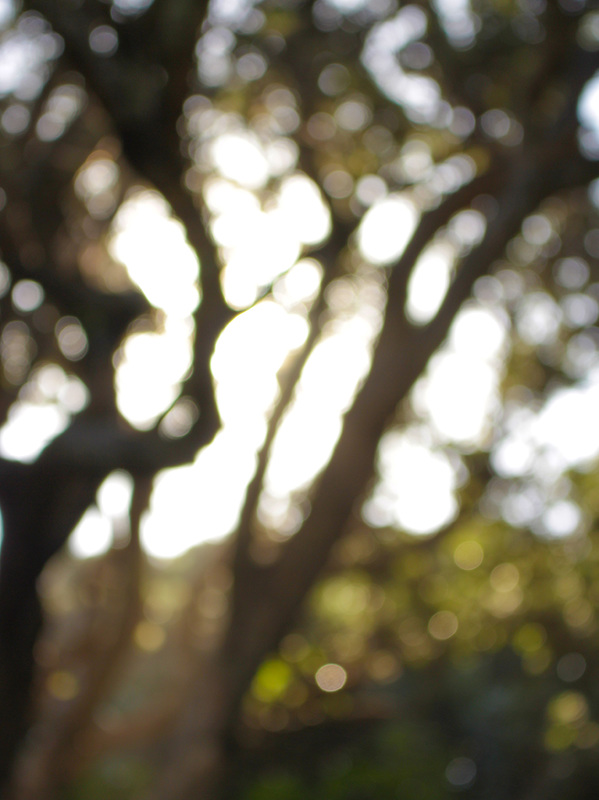
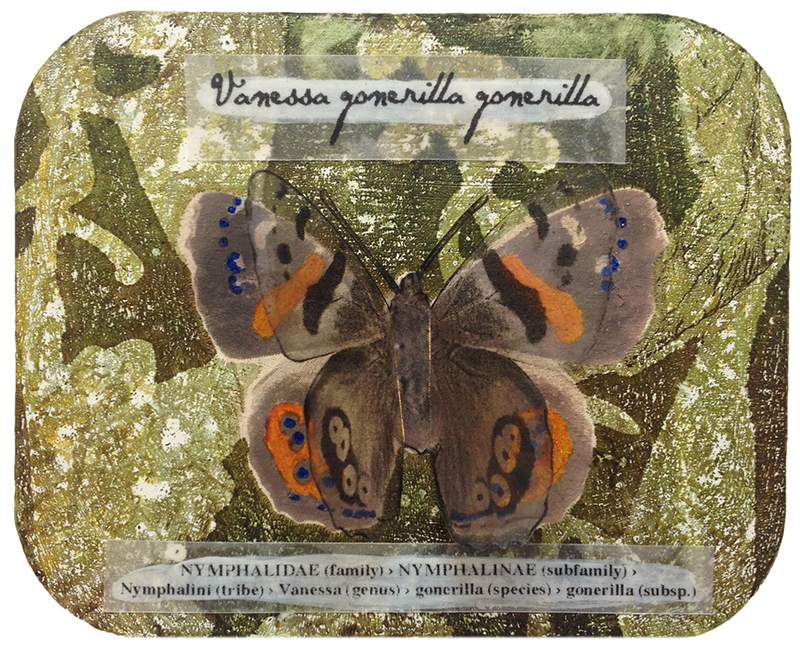
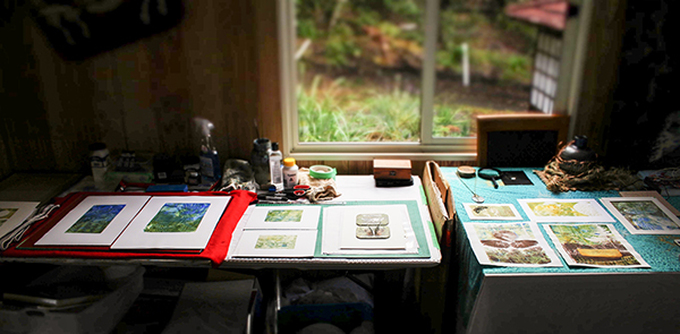
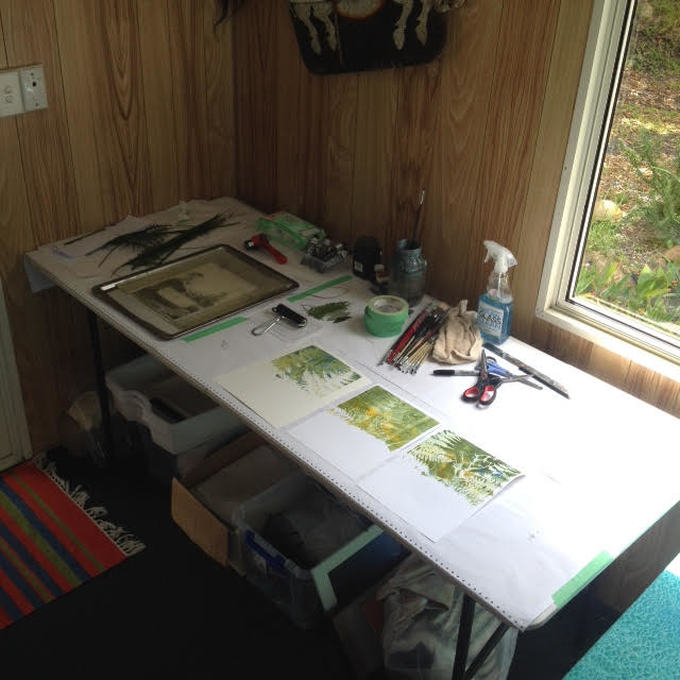
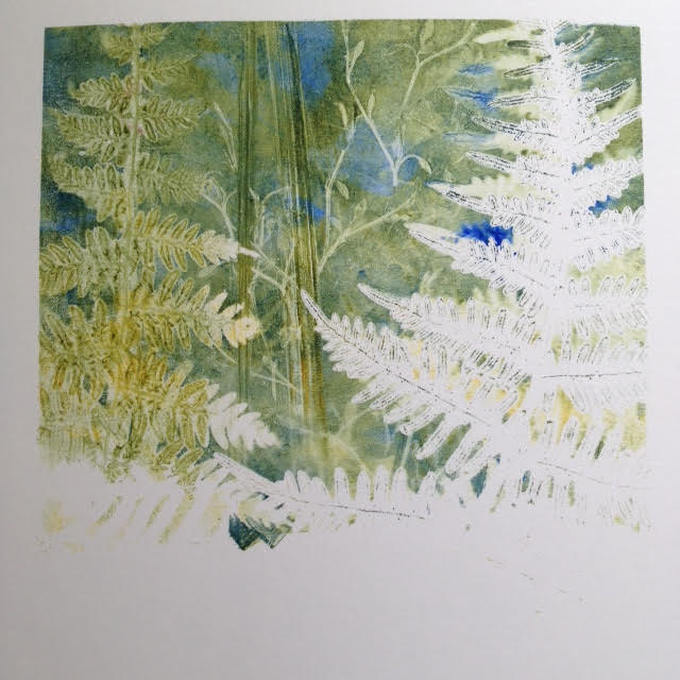
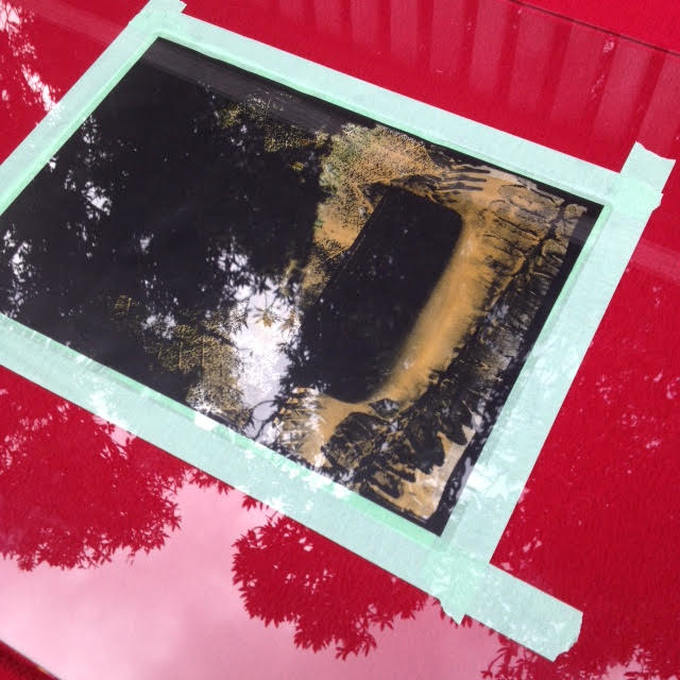

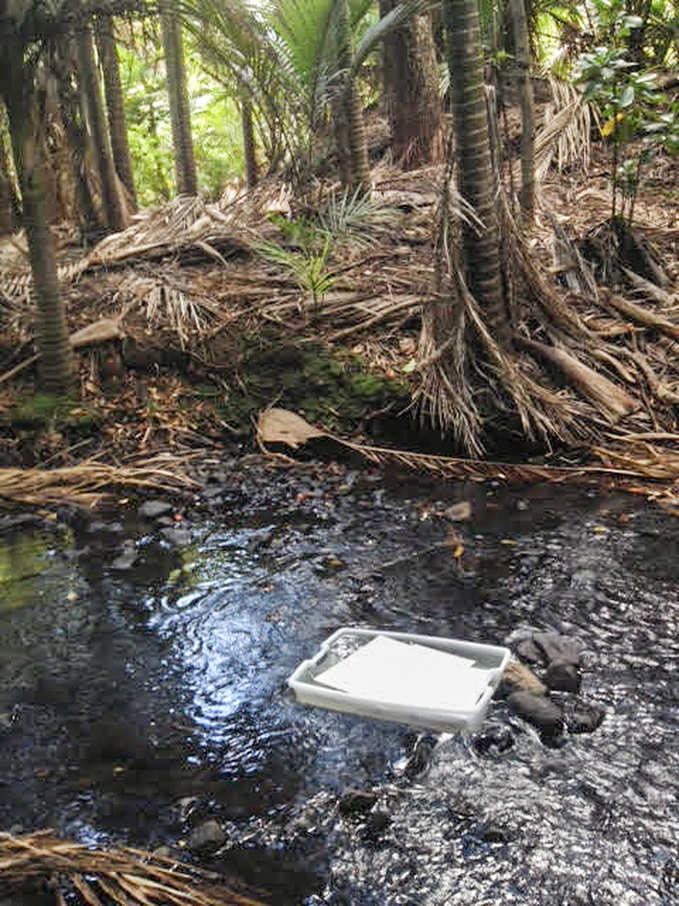
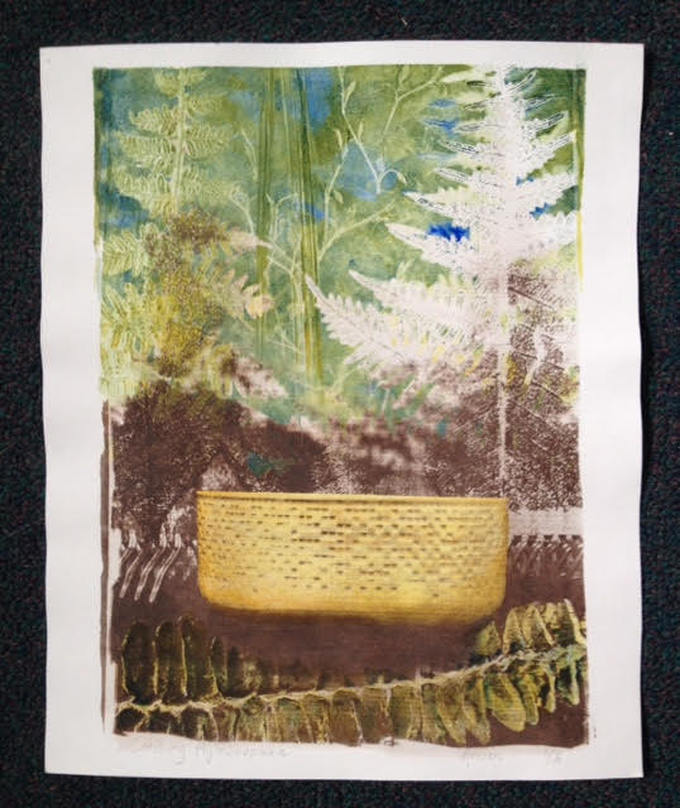
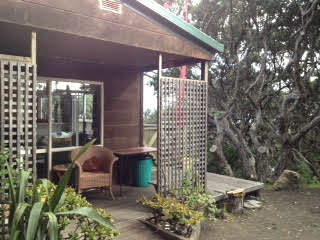
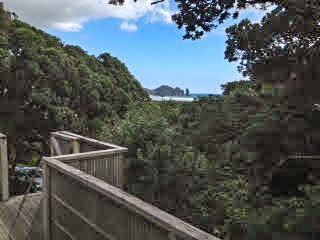
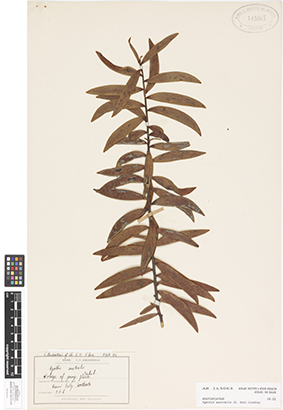
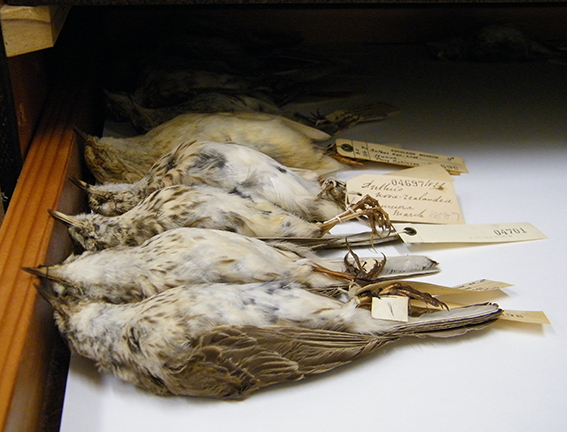
 RSS Feed
RSS Feed